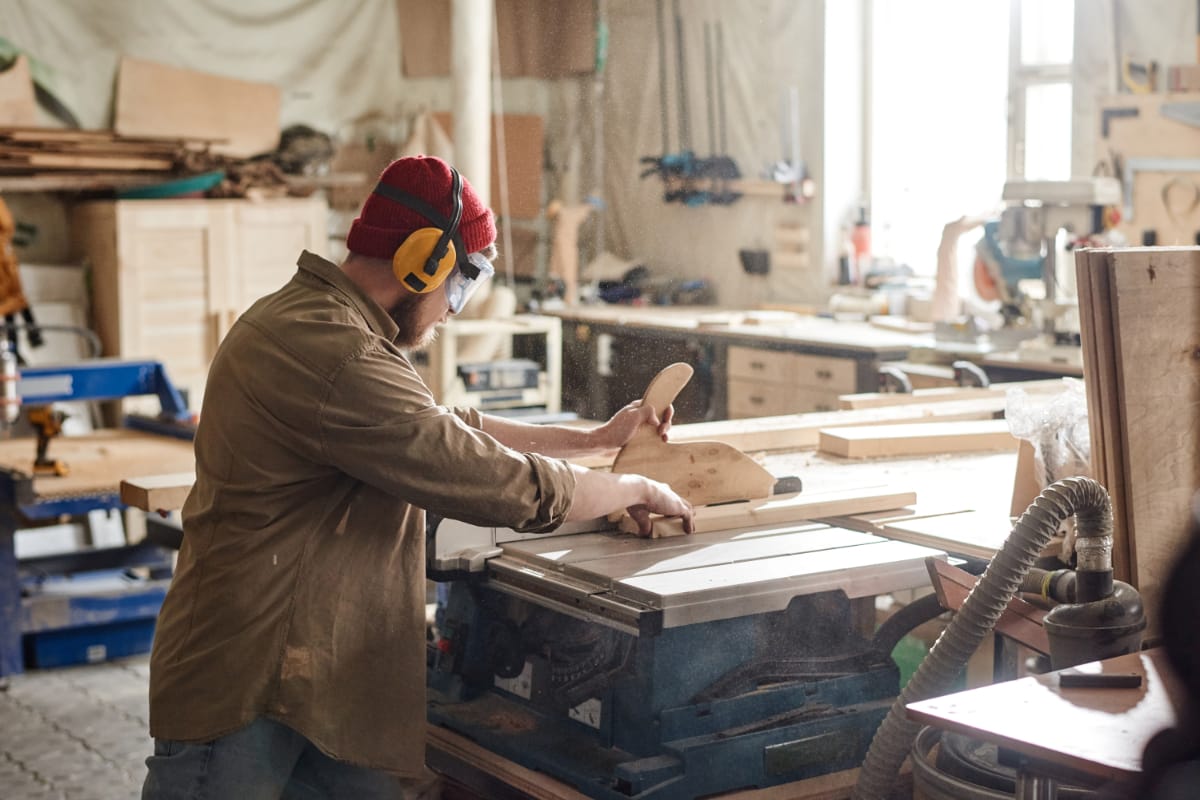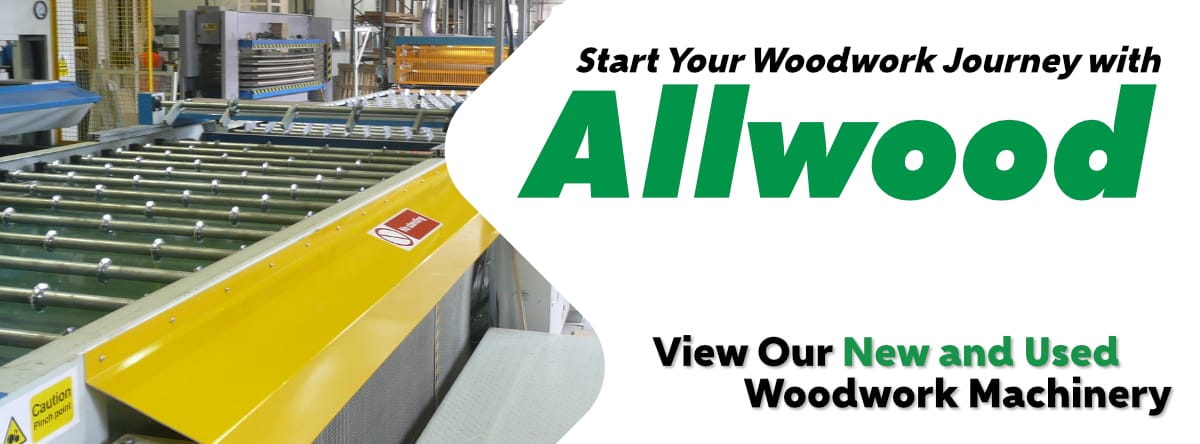The selection of the correct saw is paramount for optimising efficiency and output in woodworking and material processing. For those less familiar with the diverse range of sawing machinery available, the investment in a new, potentially high-value machine can seem a significant undertaking.
It is crucial to recognise the tangible benefits of investing in high-quality equipment. Justification for such an investment typically arises when a new machine demonstrably reduces labour hours, increases material yield, enhances product quality, or when the maintenance costs of existing machinery become prohibitive. These improvements directly translate to increased production capacity and enhanced profitability. Concerns regarding financing should be viewed strategically, focusing on the speed of capital recovery rather than the initial borrowing amount.
This guide aims to provide clarity on the various types of saws available to assist in making an informed decision for your specific requirements.
Band Saws
Band saws offer considerable versatility, capable of processing wood, plastic composites, and insulation. Their adaptability makes them a common fixture in many workshops, facilitating the cutting of curves, intricate shapes, and deep ripping operations (longitudinal cutting parallel to the grain).
A key advantage of band saws lies in their thin blades, which minimise material wastage compared to thicker circular saw blades. While thinner blades excel in intricate cuts, wider blades are better suited for deep, straight cuts. Furthermore, the substantial height under the blade guides allows for cutting depths that exceed the capacity of circular saws.
Beams Saws
Beam saws are specifically designed for cutting panels and sheet materials, including MDF, insulation, plastics, and laminated boards, to precise dimensions. A clamping beam securely holds the material in place while a mobile saw carriage traverses beneath it.
These machines often feature computer numerical control (CNC), enabling automated and repetitive cutting sequences. Integration with optimisation software can further enhance material yield.
Beam saws are engineered for accurate and repetitive sizing of panels, establishing them as a cost-effective solution for precision panel processing.
- Front-loading beam saw: Material is manually loaded into the front of the machine.
- Rear-loading beam saw: Material is placed on an automated lift table for automatic loading into the rear of the saw.
Cross Cut Saws
Cross cut saws are specifically designed for making cuts perpendicular to the grain of the material. Two primary configurations exist: an overhead blade that descends onto the workpiece and an undercutting blade that ascends through the table.
Undercutting cross cut saws are generally considered safer due to the increased distance between the blade and the operator. Automation with an automatic feed system is also common, allowing for the safe and efficient processing of multiple pieces in a single operation.
Multi-rip Saws
Multi-rip saws are engineered to maximise production throughput. Their design, featuring multiple blades and a caterpillar track feed system, makes them ideal for producing multiple thin sections, such as lippings for edge banding, or for processing larger sections into multiple smaller components for mouldings.
Panel Saws
Panel saws are designed for the precise cutting of large sheets of materials such as MDF, MFC, wood, chipboard, composites, and plastics. They incorporate a sliding table adjacent to the saw blade, allowing the operator to move the material past the blade while maintaining full support.
Many panel saws include a secondary scoring blade that precedes the main blade, minimising chipping and splintering on the underside of the material.
Modern panel saws are available in manual and electronic configurations, with electronic versions offering enhanced precision and ease of use. Optimisation software can also be integrated to guide users in achieving the best possible material yield.
Re-saws
Re-saws are a specialised type of band saw designed for reducing large timber sections into smaller dimensions. Certain re-saws are also capable of cutting thick veneers, making them a valuable asset in the production of engineered wood flooring.
Sawmills
Sawmills represent large-scale machinery designed for the automated processing of logs, including automated loading and log rotation for optimal cutting.
Table Saws
Contemporary table saws are equipped with rise, fall, and tilt mechanisms, making them well-suited for general ripping and bevel cutting of solid timber. The maximum cutting depth is determined by the diameter of the saw blade.
Wall Saws
Wall saws, also known as vertical panel saws, are designed with a focus on space efficiency, making them ideal for workshops with limited floor area. Their functionality mirrors that of sliding table panel saws.
Allwood is a specialist supplier of woodworking equipment and the exclusive manufacturer of new Interwood woodworking machines. Our experienced team and engineers possess extensive knowledge in assisting businesses to optimise their productivity and machinery investments. A comprehensive range of new and used machinery is available for viewing at our showroom in Maldon, Essex, near London. We are committed to providing machinery solutions that align with your budgetary and workshop requirements, if you can't find what you are looking for we also offer bespoke machine design and manufacturing services.



